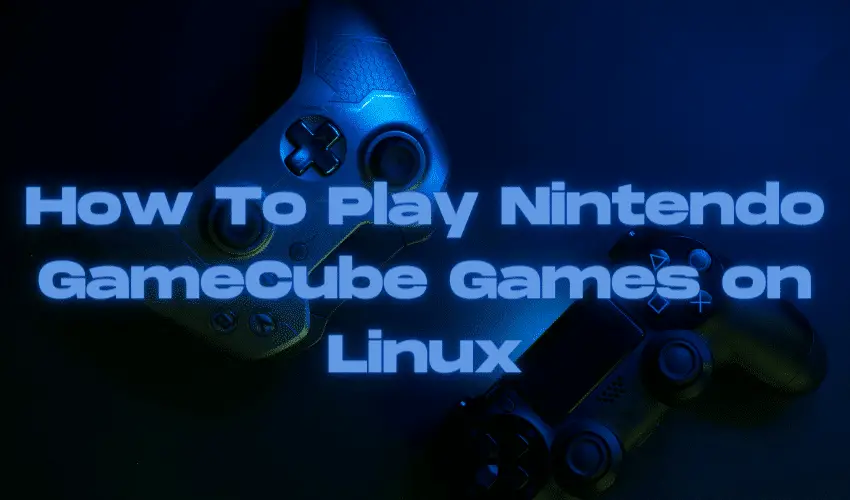Emulators have managed to build a bridge between different gaming platforms. You can now play Nintendo GameCube games on any platform with the right emulator, including the challenging Linux.
Emulators replicate operating systems from different gaming consoles in order for you to be able to play games. While there are more options out there, Dolphin is among the most popular ones.
Why Dolphin? Simple, it has a native Linux binary, so it works like a breeze without any issues at all. With these thoughts in mind, here is how to play Nintendo GameCube games on Linux.
Also Read: How to install Minecraft on Ubuntu
Installing the emulator
Depending on what version of Linux you have, you can install Dolphin through different commands in the terminal. Here are the commands for the most popular options:
- Debian:
- sudo apt-get install dolphin-emu
- Ubuntu:
- sudo apt install dolphin-emu
- Fedora:
- sudo dnf install dolphin-emu
- Arch Linux:
- sudo pacman -S dolphin-emu
If you have OpenSUSE, you can easily get Dolphin through the OBS. Choose the SUSE version and install it with a few clicks.
For other types of Linux, it pays off double checking the software requirements for Dolphin. While it works on most types of Linux, there are a few exceptions out there.
The official Dolphin website will give you all the details you need.
Getting the games
Once you have a Dolphin, it is time to enjoy some of your favorite games. You might have a few backups from years ago. Perhaps some games are freeware now, so you may no longer need to purchase them.
You can also search online and download GameCube ROMs. These are basically images of the original files, so they will have the exact same features and specifications.
Running the games
Once you have the ROMs, running games is a matter of minutes. Run the emulator and click on the file button at the top. Browse to where your ROMs are and choose the game you want to play.
Dolphin will run the game straight away. There are situations when the game may not run. Simply go back into Dolphin and click the play button.
To run games faster, you can create a designated folder in Dolphin. When it says it cannot find any games, double click on it and you will have the option to set a directory for your games. Put them in a separate folder or simply choose the directory where they are located.
Connecting controllers
Dolphin has excellent settings for controllers. Get into the main menu to set pads. Find controllers and plug in whatever you want to use. Click to configure by a port, and then adjust the settings.
Once in there, you will have a configuration tool. Find the device in the drop down menu and choose the controller you have just plugged in.
Get back into the mapper, then press map buttons by corresponding letters. Do it one by one. The procedure assigns keys to every gamepad button.
Adjusting settings
Most users will find the settings to be perfect. They do not require any adjustments whatsoever, but you can still get into deeper details, especially if you want top notch graphics.
Find the settings and choose the graphics option. A new configuration tab will open up. You can then adjust settings as you like. While finding suggestions online may work, what works for some people will not work for everyone else, so find something suitable for your computer.
If you are interested in switching between fullscreen and aspect ratio, go to the general tab and find a drop down menu by the fullscreen resolution. In there, choose the aspect ratio yourself.
As a general rule of thumb, adjust graphics and settings if you actually know what they do. Otherwise, you risk messing it up. For instance, Vsync can be activated if you are unhappy with screen tearing in games. Head to enhancements if you want to improve the graphics a little.
As a short final conclusion, playing Nintendo GameCube games on Linux has never been easier. It takes a bit of work to install an emulator and find the ROMs of your favorite games, but you can enjoy an exquisite experience and bring back some good old memories.
We are giving you exclusive deals to try Linux Servers for free with 100$ credit, check these links to claim your 100$,
DigitalOcean - 100$ free credit & Linode - 100$ free credit
Check some Exclusive Deals, HERE.
Also, check out DevOps Book You should read section.
